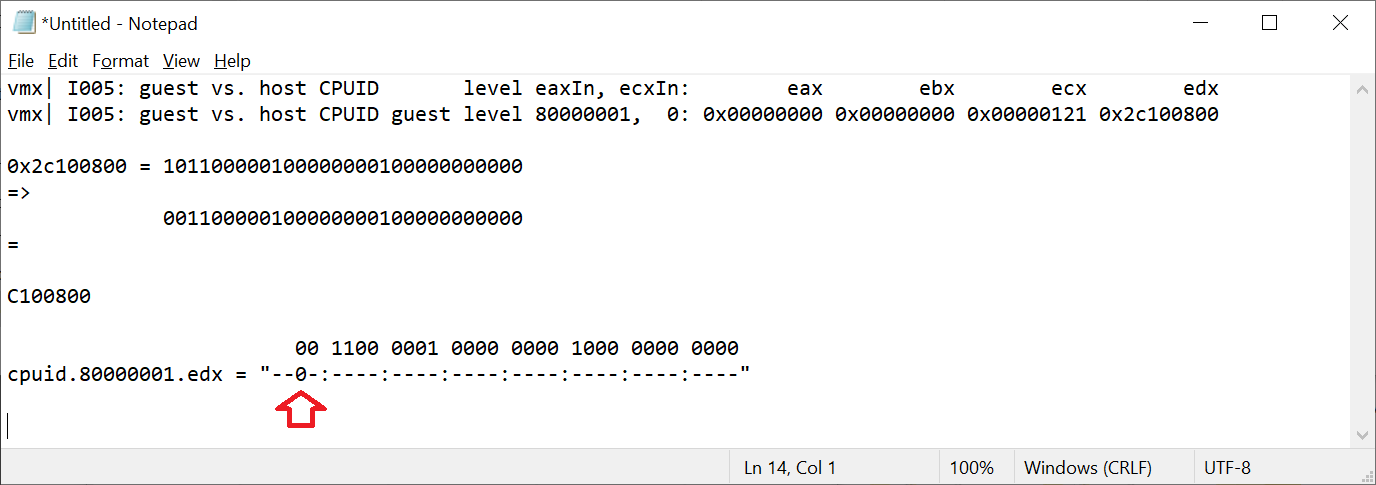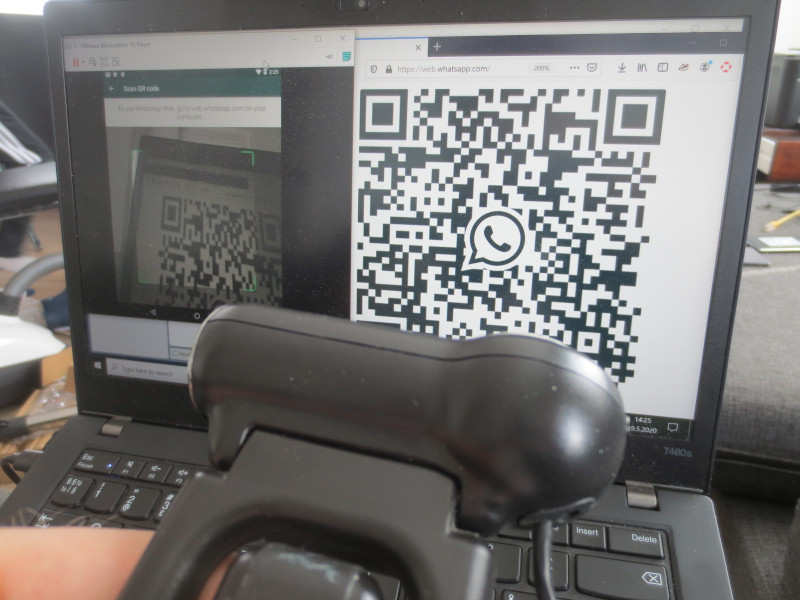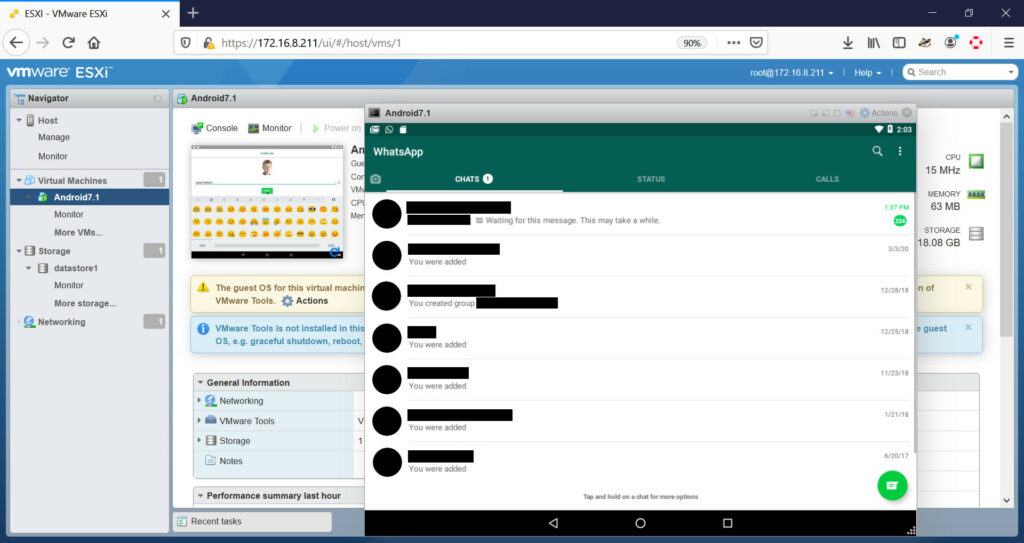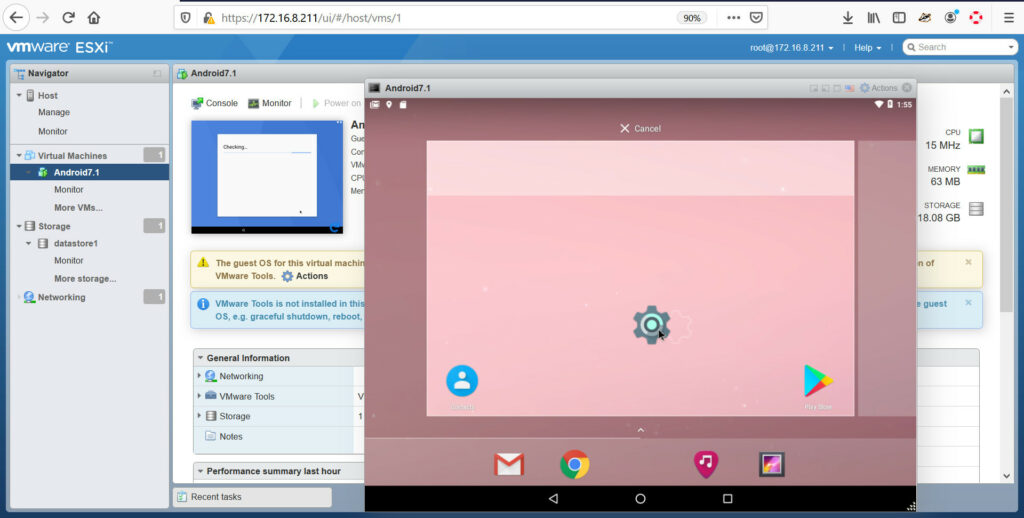There are sometimes needs to run 32-bit VMware guest images on a 64-bit host. This is possible, for example in VMware Workstation 15 Player. The out-of-the-box behavior, however, is that the Player passes trough the CPU information more or less as such. The result is that the guest sees a x86_64 processor, not a x86 processor. Frequently this detection is made by reading the CPUID 29th feature bit for so-called “long mode” (see: https://en.wikipedia.org/wiki/CPUID#EAX=80000001h:_Extended_Processor_Info_and_Feature_Bits ). As this is seen by the guest, it might think it needs to run 64-bit image (Player does not force this, it is a decision of the image itself). The long mode bit seen from Linux /proc/cpuinfo :
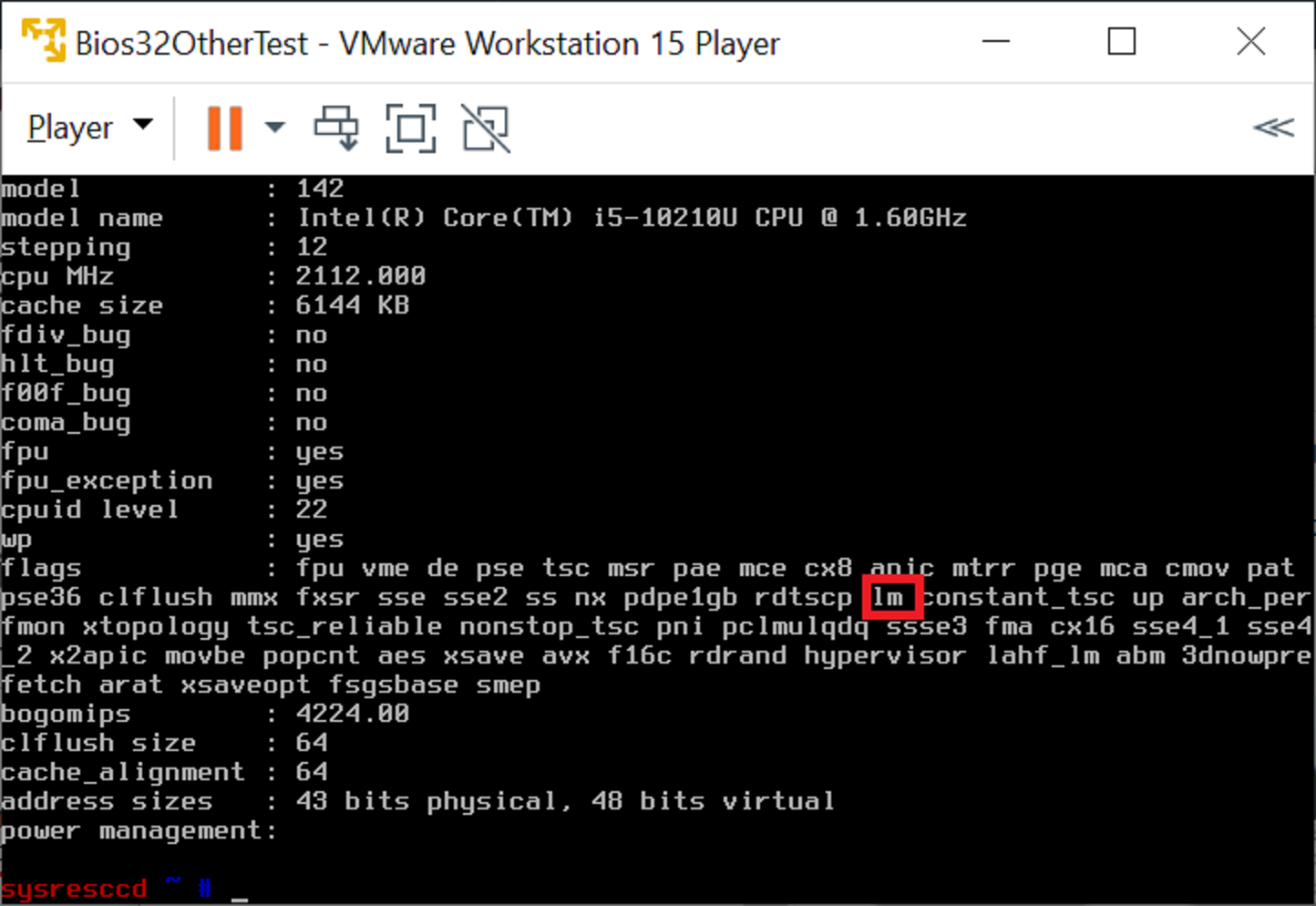
Continue reading “Forcing VMware virtual machines to appear 32-bit on 64-bit hosts”
